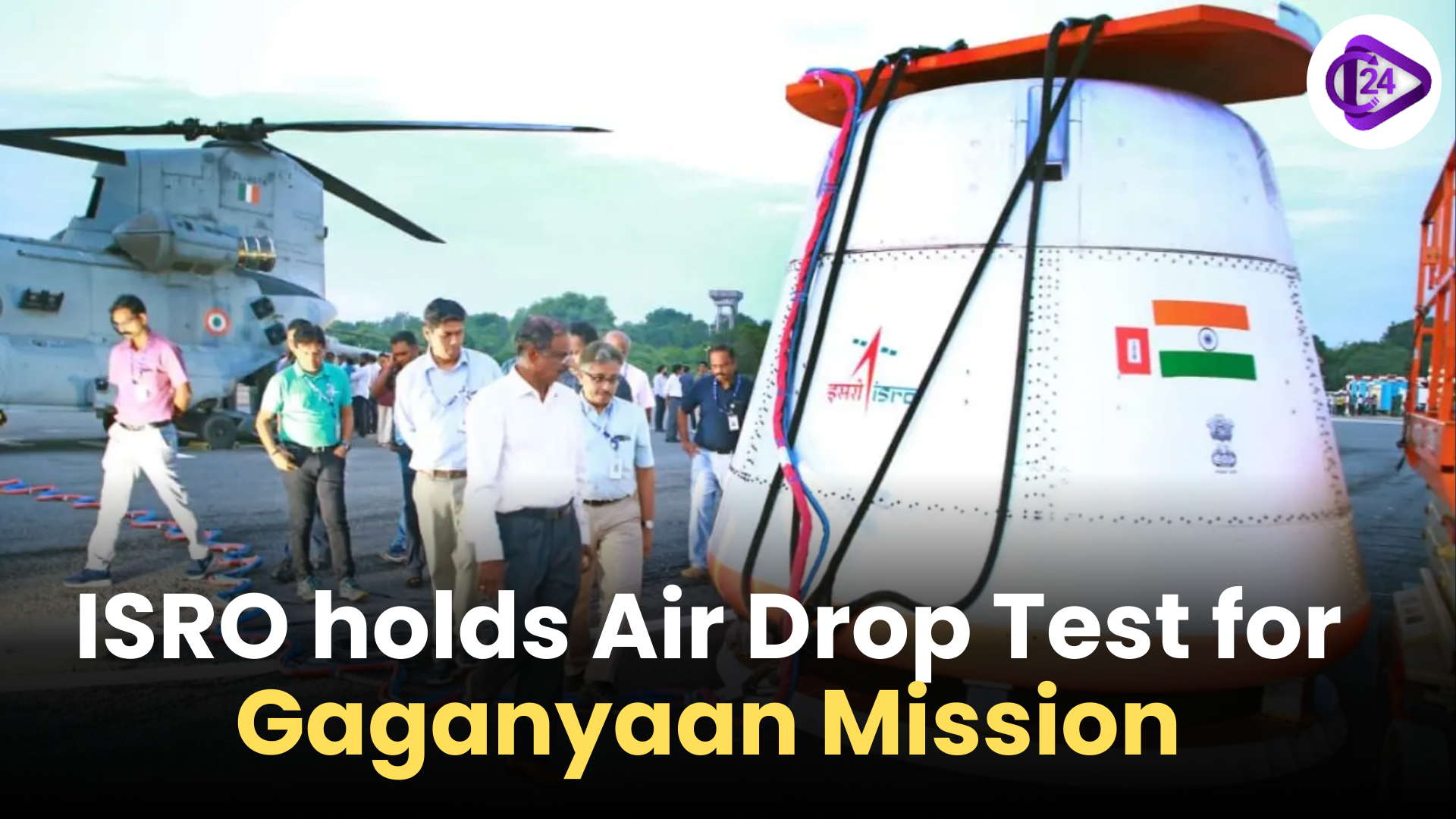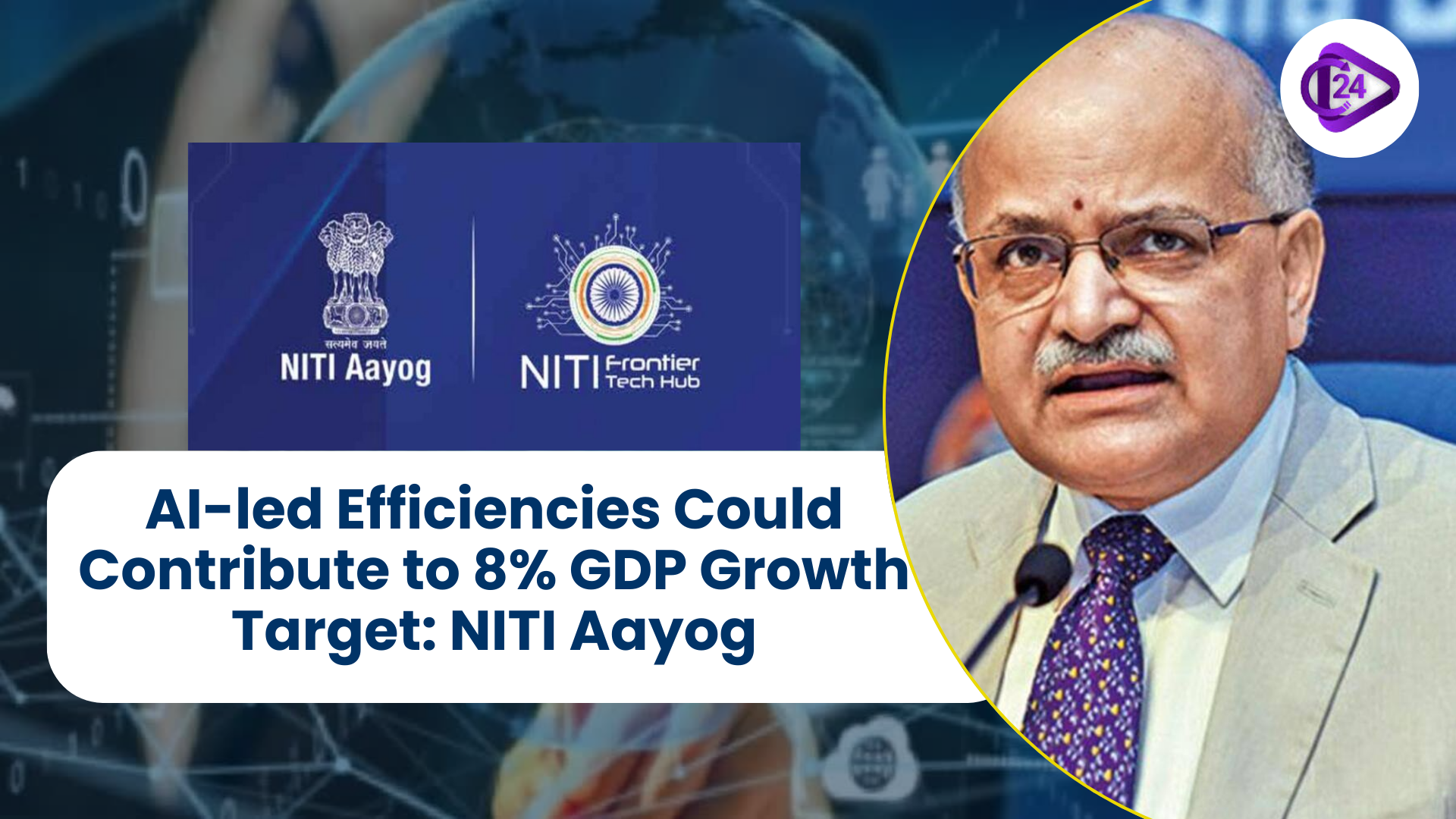
IADT-1 is the first Integrated Air Drop Test by ISS successfully conducted by SRO to check the parachute- based deceleration mechanism of the Gaganyaan mission. An equivalent test is performed that replicates the final phase of the spacecraft returning to Earth and thus validates the successful retrieval of the crew module at re-entry and landing. This test involved a mock-up of a crew compartment being dropped 3 kilometers with the parachute opening to ensure that a slow rate of descent was achieved to enable safe water splash / landing. The step is important to the crewed mission, scheduled to take place in 2027, and is a prelude to the first uncrewed mission, to occur later in this year.
Context of points:
-
Integrated Air Drop Test is an important element of ISRO working on the Gaganyaan crewed mission.
-
The successful test confirms the availability of the parachute system on the crew module that may take various flight conditions and ensure safe landing.
Key Points
-
The purpose of the air drop test is based on an essential task of the armed forces, to be able to provide food to live and train accordingly across any ongoing conflict.
-
The Integrated Air Drop Test resembles the last phase when the spacecraft gets back to the Earth: it tests the efficiency of the parachute system.
-
It checks the integrity of the capsule upon reentry and splashdown, which is very important in the safety of the astronaut.
Method and Results
-
A 4.8 tonne dummy crew module was dropped out of 3 kilometers using a Chinook helicopter.
-
Parachutes effectively slowed down the capsule to approximately 8 m/s, which is a much slower pace than during the re-entry phase.
Parachute System Design
-
The system will involve four variations of parachutes which includes 2 pieces of 2.5-meter Apex Cover Separation Parachutes to guard the parachute compartment.
-
Drogue parachutes were also used to make the module stable and pilot parachutes were inflated to open the main 25-meter parachutes to slow down.
Updates in Gaganyaan Mission
-
Gaganyaan hopes to send Indian astronauts into low-earth orbit by 2027 and the mission has had significant testing.
-
The future Gaganyaan-1 uncrewed flight will validate the technology that will be further used to carry a crew but the crew escape system will be tested during this flight.
Preparations towards the Mission in the Future
-
The LVM3 rocket is also human rated and therefore necessary redundancies are made to ensure safety.
-
Such as the Gaganyaan Control Centre and Orbital Module Preparation Facility are already made, as well as plans on bringing it back to land after splashdown.
Conclusion:
The successful test by SRO on the air drop will play a pivotal role in making sure that astronauts have a safe mission to the Gaganyaan. This experiment demonstrates that it is reliable when landing the parachute system which is essential to the safe landing of the crew module. These tests, including the one to come, are essential to launch this uncrewed missions and life to become one step closer to the first crewed launch to Mars in 2027.



 Google Quantum Technology: Revolutionizing Drug Discovery & Materials Design
Google Quantum Technology: Revolutionizing Drug Discovery & Materials Design India’s GalaxEye Set to Launch Pioneering Multi-Sensor EO Satellite in 2026
India’s GalaxEye Set to Launch Pioneering Multi-Sensor EO Satellite in 2026 World’s 1st Functioning AI-designed Viral Genome
World’s 1st Functioning AI-designed Viral Genome AI-led Efficiencies Could Contribute to 8% GDP Growth Target: NITI Aayog
AI-led Efficiencies Could Contribute to 8% GDP Growth Target: NITI Aayog India Projects Five-fold Growth in Space Economy to $44 Billion by 2033
India Projects Five-fold Growth in Space Economy to $44 Billion by 2033 Ministry of Tribal Affairs to Launch the Beta Version of “Adi Vaani”
Ministry of Tribal Affairs to Launch the Beta Version of “Adi Vaani” UNGA Launches Two New Initiatives to Strengthen Global Cooperation on AI Governance
UNGA Launches Two New Initiatives to Strengthen Global Cooperation on AI Governance Tiny Gold Particles can help early detection of Parkinson’s Disease
Tiny Gold Particles can help early detection of Parkinson’s Disease National Space Day 2025 Celebrated Across India
National Space Day 2025 Celebrated Across India






